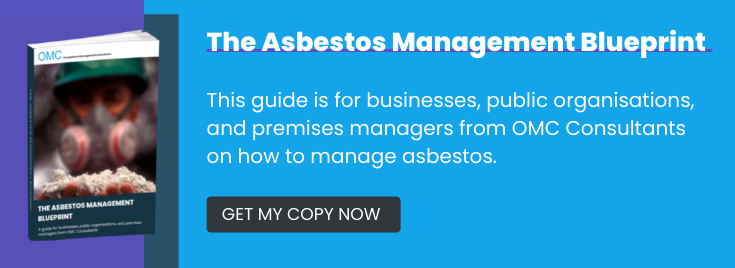Asbestos is currently banned in over 55 countries worldwide, including the UK and all EU countries, as well as Australia and Japan. However, despite the well-known risks to human health that asbestos exposure poses, there is still widespread mining and use of this toxic mineral. Its demand is even increasing in many developing nations undergoing construction booms, as asbestos is more affordable and readily produced than some safer materials.
Asbestos Restrictions Around The World
Asbestos is the generic name for a group of silicate minerals. Chrysotile (‘white’), amosite (‘brown’) and crocidolite (‘blue’) are the three most common, but all are dangerous because of their microscopic fibres that, when inhaled, lodge in the lungs and can eventually cause cancer.
Iceland led the way in banning asbestos in 1983, soon to be followed by Sweden. In the UK, blue and brown asbestos were restricted in 1985 and a full prohibition was introduced in 1999. Further afield, Australia has been phasing out asbestos since 1990 with a full ban on importation and use enacted in 2003. However, one in three Australian homes still contains asbestos. Meanwhile in Japan, despite the substance being officially banned, large quantities of asbestos are still circulating in products such as bath mats, coasters and other domestic and industrial items. Asbestos is also not yet fully regulated in some US states.
Resistance To Regulation
The Rotterdam Convention is a multilateral treaty relating to the importation of hazardous chemicals. In 2017, a group of seven countries blocked the addition of chrysotile to the list of proscribed substances. The objecting countries were Russia, Kazakhstan, Zimbabwe, India, Kyrgyzstan, Belarus and Syria. Their veto was met with dismay from other delegates, who predicted hundreds of thousands of additional deaths as a result.
Ongoing Asbestos Mining And Consumption
Among the largest consumers of asbestos, India currently uses an estimated 350,000 tonnes a year. It is widely utilised in roofing sheets, cement piping, textiles and insulation. The industry there is estimated to be worth $1 billion and still expanding.
China, meanwhile, leads the world in asbestos consumption, not least due to the abundant natural deposits of the mineral in the country. Up to 90 million tonnes of white asbestos are reckoned to lie beneath China’s soil and over 400 factories are still producing approximately 300 million square metres of asbestos sheeting each year. These sheets are widely used for roofing and walls. Asbestos is also used for brake pads, gaskets, and cloth.
China is also a major importer of asbestos, listed with India as the two largest importers in 2013, with Russia, Kazakhstan and Brazil being the main global exporters. These countries also use asbestos widely in manufacturing and construction, such as roofing material, automobile brakes and various types of insulation.
Next Steps
To find out more about the risks of asbestos and the best ways to manage it, please contact our expert team for advice and consultation.
Image Source: Unsplash


